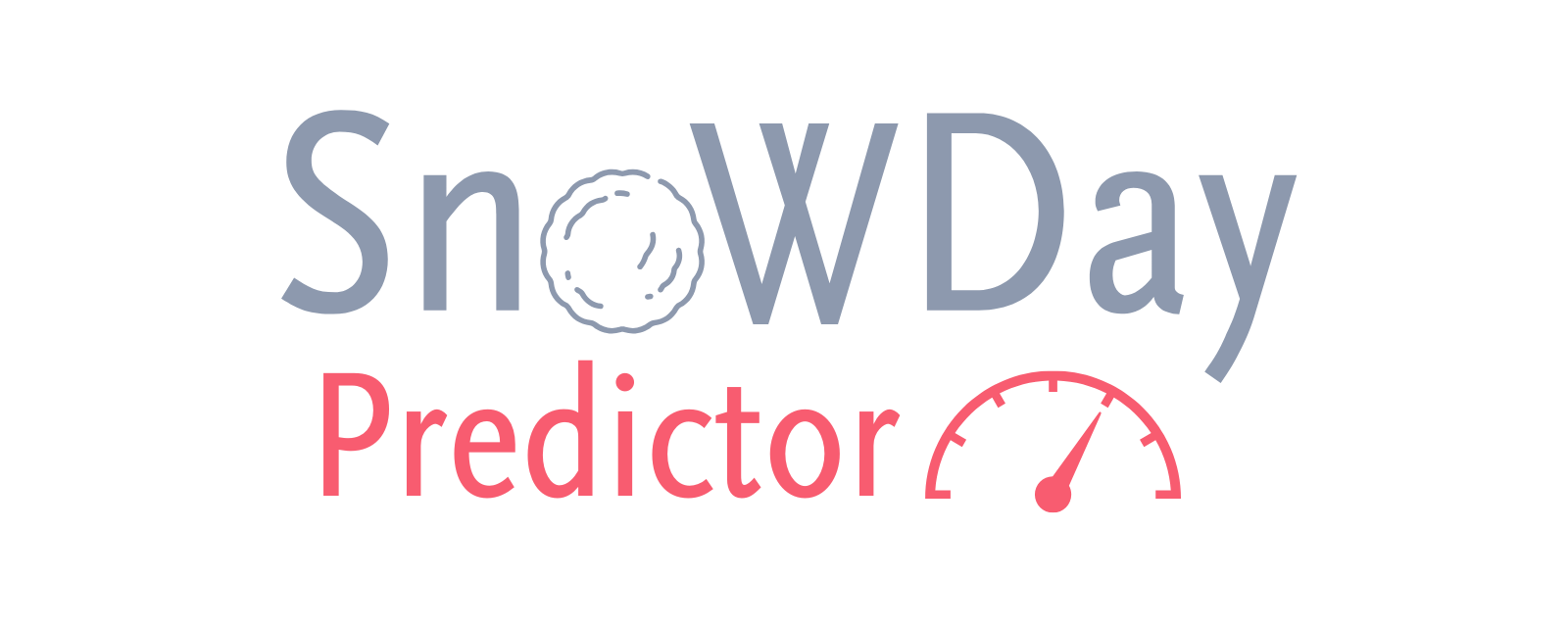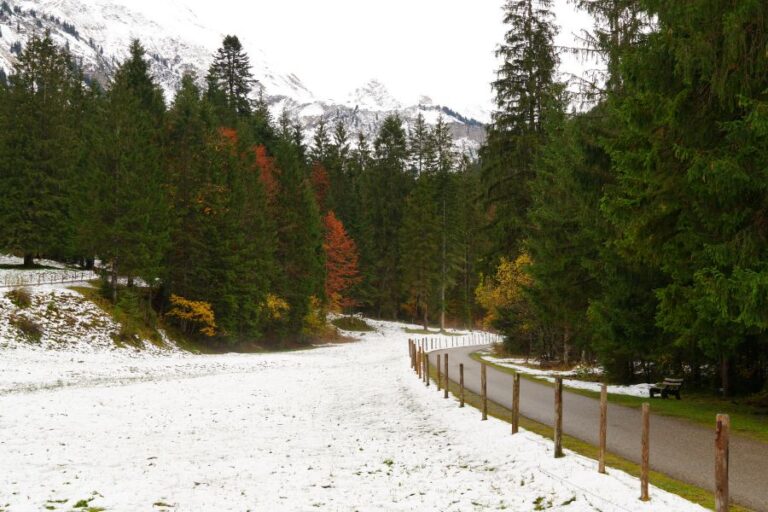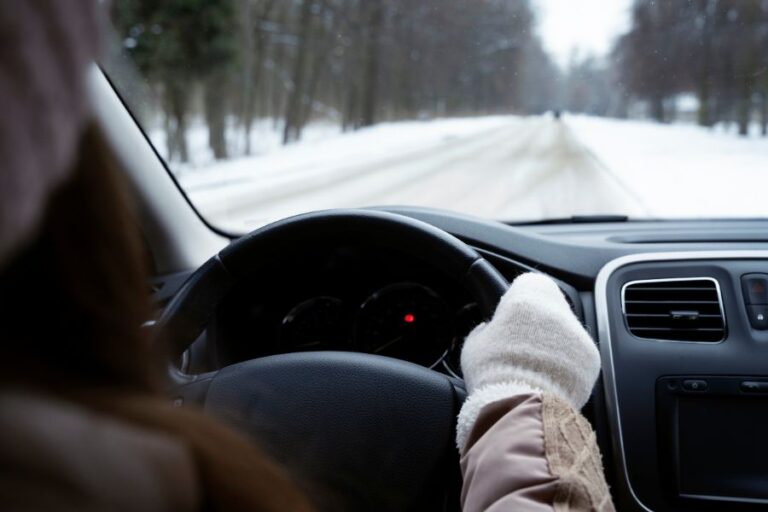How Parents Can Prepare Kids for Sudden Snow Days

For many Canadian families, winter mornings can start with a surprising announcement: schools are closed due to weather. These sudden snow days can be exciting for kids but stressful for parents who may not be prepared. As a Certified Weather Forecaster with over 8 years of experience analyzing Canadian winters and school closure patterns, I’ve seen how the right preparation can make a sudden snow day less chaotic and more enjoyable.
In this guide, I’ll share practical steps parents can take to prepare their children for unexpected snow days—covering safety, routines, learning, and fun.
Why Preparation Matters
In my forecasting work, I’ve observed that snow day announcements often come early in the morning—sometimes with little warning. For example, in January 2025, a fast-moving Alberta Clipper brought sudden whiteout conditions across southern Ontario, forcing multiple school boards to cancel classes just hours before buses were scheduled to roll.
Parents who had prepared their kids with routines, supplies, and activities were able to adjust quickly, while others scrambled to figure out meals, childcare, and entertainment.
Preparing ahead ensures kids stay safe, engaged, and calm—even when a storm disrupts normal schedules.
1. Talk to Kids About What Snow Days Mean
Children feel more secure when they know what to expect. Take time to explain:
- Why schools close during snowstorms (safety concerns for buses, sidewalks, and power outages).
- That snow days don’t mean danger but rather a chance to stay safe at home.
- What your family’s routine will look like when closures happen.
Forecaster’s Insight: In my own case studies of Ontario school closures, I’ve noticed that parents who talked to children ahead of time reported fewer morning meltdowns on snow days.
2. Establish a Snow Day Routine
Kids thrive on structure—even on days off school. A sudden closure shouldn’t mean a chaotic day.
- Morning: Let them sleep in a little but keep breakfast and routines consistent.
- Midday: Plan a mix of indoor learning (reading, puzzles) and outdoor activity (sledding, snow play).
- Evening: Stick to regular mealtimes and bedtime to prevent post-storm crankiness.
Having a “snow day schedule” posted on the fridge can help children transition smoothly.
3. Prepare Indoor Learning & Activities
Unexpected closures don’t need to derail learning. Keep a small stash of:
- Books and story collections.
- Educational games or apps.
- Art supplies for crafts.
- Puzzles and building sets for quiet play.
Case Study: During the February 2024 blizzard in Nova Scotia, I tracked multiple school closures over three consecutive days. Parents who shared that they rotated activities (educational apps in the morning, baking in the afternoon, crafts in the evening) found it easier to keep kids entertained and balanced.
4. Stock Up on Kid-Friendly Essentials
Kids often need more frequent snacks and drinks on snow days. Be sure to keep:
- Hot chocolate mix, popcorn, and easy-to-make comfort foods.
- Extra blankets and cozy loungewear.
- Backup chargers for tablets and devices in case of power outages.
And don’t forget the safety supplies:
- Child-friendly first aid items.
- Extra gloves, hats, and waterproof boots for safe outdoor play.
5. Create a Safe Outdoor Play Environment
Snow days are best remembered for outdoor fun. Parents can make it safe by:
- Shoveling walkways to prevent slips.
- Setting boundaries on where kids can play.
- Supervising sledding to avoid risky areas.
Personal Experience: Growing up in Ottawa, I remember families who prepared sledding hills in advance made snow days both safer and more memorable.
6. Plan Ahead for Parental Work Challenges
Many parents still have to work—even if kids are home. Preparing in advance helps balance responsibilities:
- Communicate with your employer about flexible options during storm season.
- Coordinate with neighbors or family for shared childcare.
- Prepare a “quiet box” of independent activities kids can do while you take calls.
Forecasting Tip: Using tools like a Snow Day Predictor gives parents an early sense of when closures might happen, making it easier to plan work schedules.
7. Teach Kids About Weather Safety
Snow days are a good opportunity to build weather awareness:
- Show them how to check the forecast from Environment Canada.
- Explain why buses and sidewalks can become unsafe.
- Teach older children how to dress in layers to avoid frostbite.
By helping kids understand the science behind snow days, parents give them both confidence and respect for winter weather.
Transparency & Forecast Limits
As a forecaster, I emphasize that no tool or meteorologist can guarantee a snow day with 100% certainty. Snow day predictions are based on probabilities, storm tracks, and local school board decisions.
Being transparent about these limits builds trust and sets realistic expectations for families.
Conclusion
Sudden snow days don’t have to mean stress. With preparation—routines, learning activities, safety supplies, and honest communication—parents can turn storm closures into safe and memorable experiences for their kids.
As someone who has forecasted countless winter storms across Canada, I’ve seen one truth hold: families who prepare ahead of time weather snow days best.






